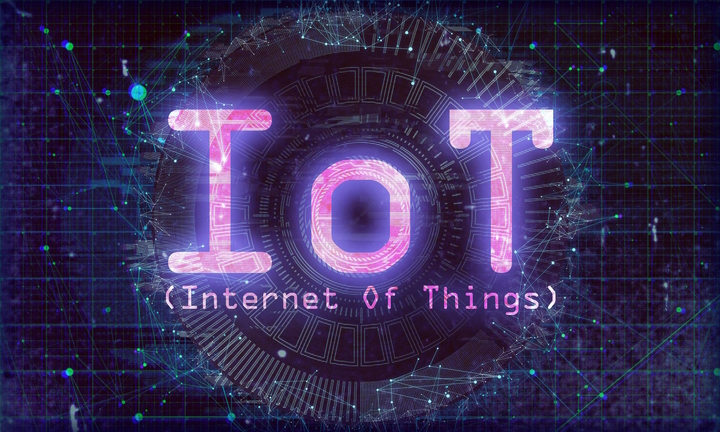
The application of IoT testing using the latest technologies has led to using a wide range of testing tools in many areas of activity. Therefore, the demand for such testing increases yearly due to the need to improve software testing efficiency.
Why is testing necessary?
Since this testing is an integral part of the completion of software development, there are main reasons why it is necessary:
-
- Significant reduction in financial costs in the development process. Conducting tests ensures the avoidance of various critical errors and weaknesses of the program, reducing financial investments.
-
- Reputation is essential. Software developers will only agree for a program to be considered good quality. Therefore, it is necessary to carry out testing, confirming that this product is without flaws.
-
- Time savings in product release. This check provides an opportunity to detect errors and fix them immediately. It will allow you to release products on time.
Existing Testing Issues
Conducting automated tests in IoT has some challenges, so you need to have a lot of knowledge to run them. Feel free to contact professionals https://testfort.com/iot-testing to minimize the complexity of testing. Consider the main issues associated with using various tools for practical testing.
A complex system
It is the biggest issue in testing because the large test structure includes numerous devices and protocols that transmit many pulses daily. Therefore, an error may occur that affects the performance of the entire system, and this is due to the following factors:
-
Many platforms. The worldwide network includes numerous components of programs that work synchronously to function effectively. And trouble-free operation depends on the error-free interconnection of various applications and the constituent elements of the program. As a result, an error may occur in data transmission or another sector of the interconnection of program elements.
-
A large number of communication protocols for functioning among themselves and with controllers. Since programs are integrated, there can be a problem with scale, security, and compatibility.
-
Many external attacks. Once a business platform is up and running, it can be subjected to various attacks to find weaknesses in the software. There is no possibility in testing to manually carry out all existing penetrations, which is why automation is used.
It is these properties of the system that hinder the implementation of IoT on a large scale.
No testing frameworks
The IoT structure is unique, meaning everyone will have a unique ecosystem. Therefore, there is yet to be a ready-made framework corresponding to all its individual properties during the development process. Consequently, you will need a specialist developer of a unique environment for testing. The system's complexity further increases the problem because tests must be conducted on individual components and their functioning.
The problem in automation and integration in CI/CD
Automated testing is an essential part of development. However, most companies need help integrating the test into CI/CD, resulting in additional financial costs.
Stages of solving automated testing problems
The process of conducting a set of tests is time-consuming. It requires a specific approach and methodology for automating IoT. There are no ready-made platforms for conducting such tests because the system is individual, and a unique framework is needed for a specific design. If you want to know more about testing IoT, check this article out.
Separate tests for levels
It is necessary to conduct tests of each level separately and then their compatibility. The standard IoT framework has 4 layers:
-
Devices. All properties of the device are tested.
-
Gateway. An individual program is created for the gateway when using connection protocols. It requires the introduction of a user state.
-
Cloud. It is necessary to create a cloud structure that can scale in this environment, then subject it to automated testing to identify threats related to system security.
-
Data management. This level is required to manage the data for monitoring, alerts, and other functions.
Testing each stage allows you to find the problem you must exclude. If you try each level separately, there is a way to detect errors in individual system parts. Otherwise, you must manually test each component to identify the problem, which is long and expensive.
Check the connection between the levels (layers)
Checking the operation of each layer does not guarantee the correct functioning of the entire system. Therefore, verification between groups is necessary for transmitting data and pulses. There are two tests at this stage: device – gateway; gateway – cloud. Thus, the efficiency of the system levels among themselves is checked.
Testing
This stage involves combining all the results of previous tests, and then the whole system is launched, which includes the following types of tests:
-
- ease of use;
-
- compatibility with other devices;
-
- reliability and safety of the system;
-
- the ability to change the scale.
Having passed all the stages of automated testing, you can be confident in the entire system's efficiency. To get a high-quality result, you should seek the help of experienced testers who specialize in working with IoT.
| < Prev | Next > |
|---|





